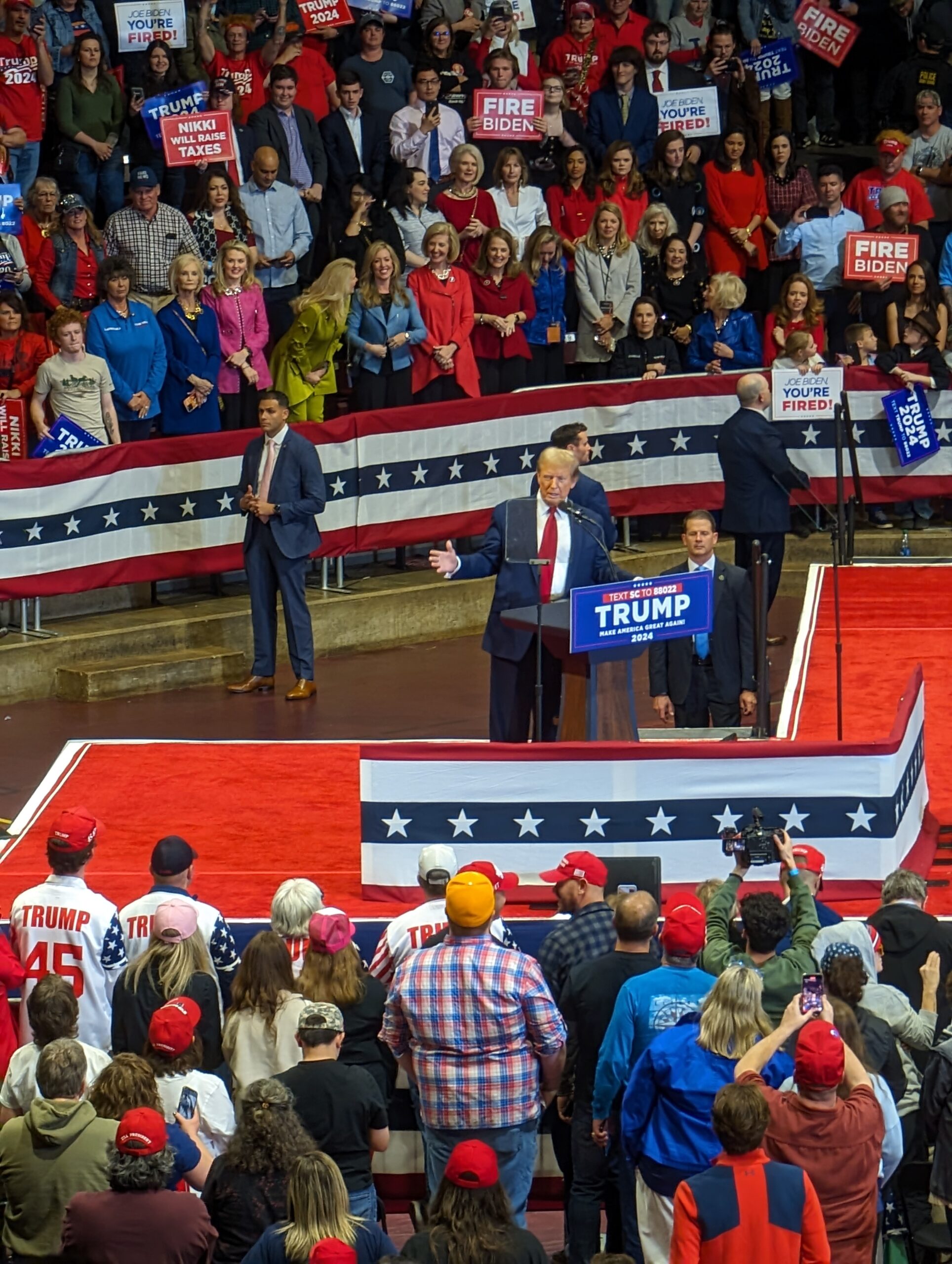Starbucks attempts to break away from plastic cups and straws to cut down on waste
Starbucks is an international company built on a product that requires the use of billions of cups, lids, and straws every year in order to serve all of its thirsty customers. Most people don’t think twice about what happens to the cups after they finish their drink, but Starbucks has begun to take their environmental footprint into consideration. Lorraine Chow from EcoWatch reports that most of the 4 billion to-go cups Starbucks uses annually end up in landfills. Starbucks’s “Greener Cup” initiative looks to “reduce the waste associated with their business by increasing recycling and promoting reusable cups.”
Starbucks maintains their statement that being environmentally friendly requires collaboration, innovation, and ongoing improvements because of the many factors that need to be assessed before changes can be made. One issue in particular the company faces is the waste collection policies of the landlords of each individual store. Although Starbucks wants every single one of their locations to recycle, individual store policies vary especially in other countries.
Due to the difficulty of implementing recycling company wide, Starbucks has turned towards encouraging reusable cups. They currently offer a discount to people who use their own cups in an attempt to encourage more customers to invest in reusable cups. Despite the discount, there has not been that significant of an increase in reusable cups. Starbucks has had to change their goal of 25% of drinks served in reusable cups by 2015 to only 5% because of the current trend not growing as quickly as hoped for. In order to possibly boost the frequency in use of reusable cups, Starbucks has come up with a plan to place a fee on non-recyclable cups. The fee has been recently proposed in London resulting in negative responses from the public. Although the negative feelings towards the fee may seem to put the company in a tough situation, it has helped because many storefronts have vowed to reduce their waste instead of having to use the fee which could hurt business.
The fee on the non-recyclable cups has not yet made its way to the United States, but it is a possibility in the future if no other plans have been constructed. The most important aspect of the fee that needs to be considered before it is implemented is the possible public response since it
is meant to encourage people to change their routine by bringing their own cup. After interviewing multiple coffee drinkers, many said they would still buy Starbucks coffee if there was a fee but would be more inclined to buy a reusable cup in order to save money. Tyler Thatch and Chandler Roberts, students at Winthrop University, both did not want to pay the fee and if given the alternative of buying a reusable cup, they considered it a fair solution.
Ashton Giammona, also a student at Winthrop University, gave the anecdote that her mother bought multiple reusable cups in hopes of cutting down on her waste, but failed to actually use them. There seems to be big difference between how people think they will respond to the fee and how people will most likely respond.
In the end, Starbucks needs to first collect data on how people will respond to the fee before implementing it company wide. It is also possible that multiple different solutions need to be put into action in order to achieve the desired outcome. Currently, Starbucks sells multiple styles of reusable cups and straws, but less than 5% of customers use them. Instead of being discouraged, Starbucks is making every effort to reduce their waste to reach their environmental goals.
Winthrop is doing its part to save the declining bee population. Students who are interested in seeing the beehive are able to go to the community garden on Saturday mornings between 9 a.m. and 10 a.m.




